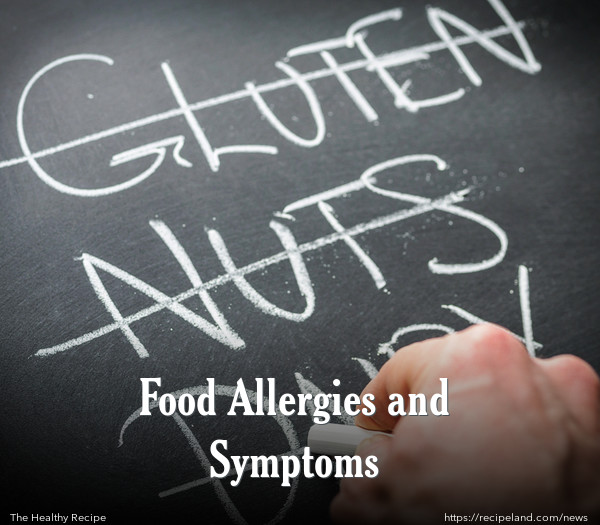Do you know the difference between food allergies, food sensitivities and food intolerances? Understanding the difference between these terms is important, as allergies can be serious while sensitivities or intolerances may come with different problems.
A food allergy refers to the immune system reaction that occurs when certain foods are consumed or there is other exposure (for some, just being around certain foods can trigger a reaction).
A food intolerance may be confused with a food allergy, but food intolerance is not a reaction of the immune system. Food intolerance can be caused by spoiled food (causes food poisoning), enzyme deficiencies (cannot process certain foods properly), irritable bowel syndrome, psychological factors or anxiety, or celiac disease (a gastrointestinal condition that resembles a food allergy to gluten).
According to the Mayo Clinic, about 3-4% of adults and 6-8% of children below age 5 suffer from food allergies. The immune system will react, usually quickly but possibly up to 6-8 hours after consuming certain foods. A much larger number may experience sensitivities and intolerances.
There are certain foods that are more likely to trigger food allergies, here is a list of the most common culprits.
These foods are thought to be responsible for approximately 90% of food allergies.
Fish (especially bass, flounder or cod)
Shellfish (especially shrimp, lobster and crab)
Soy
Milk
Peanuts
Wheat
Egg
Tree nuts (especially cashews, almonds and walnuts)
Symptoms of Food Allergies
The symptoms of a food allergy may range from very mild irritations to severe allergic reactions or anaphylactic shock, which can be fatal. Hives, congestion, vomiting, swelling or itching are common symptoms reported by those with food allergies.
Wheat allergies may cause asthma symptoms, including wheezing and shortness of breath. An upset stomach is also a common reaction. Because wheat is found in many foods—often unsuspectingly, it is important to read labels carefully. Wheat is not only found in cereals and cakes, but also soy sauce, mustard, salad dressings, and more.
Peanut and other nut allergies are among the most common found in children. Reactions to ingestion or exposure typically occur quickly, usually within minutes of exposure. The most common symptoms of a nut allergy include swelling, redness, tingling and hives. Digestive symptoms such as cramping, vomiting and diarrhea are also common. Those allergic to tree nuts may have serious and potentially fatal reactions following exposure.
Anaphylactic Reactions
An anaphylactic reaction is a severe and life threatening allergic reaction that can occur within a few seconds or few minutes of exposure to the allergens. The symptoms of anaphylaxis include:
Difficulty breathing
Low blood pressure
Swallowing problems
Nausea and vomiting
Confusion
Fainting
Slurred speech
Should any of these symptoms be noted, immediate emergency medical attention should be sought.
Awareness is Critical
For those with food allergies, or those around people with food allergies, knowing what symptoms to be aware of and how to respond may save a life. Always seek emergency medical attention if you are unsure about the severity of an allergic reaction.
While fatal reactions are rare, they do occur and increased awareness is one way to help prevent unnecessary deaths due to allergic reactions. These reactions can be very unpredictable, and food allergies can develop over time.
Those with food allergies should be extremely cautious about reading labels and determining all ingredients before consuming foods.
SOURCES: https://www.healthline.com/health/allergies/kids-food-allergies#10; https://www.webmd.com/allergies/guide/food-allergy-intolerances; Image courtesy of David Castillo Dominici / FreeDigitalPhotos.net










Comments
Thanks for sharing this information. It is really helpful. Please visit our blog also
https://sauvewomen.com/beauty-guest-post/